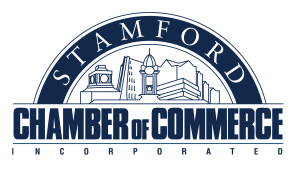Stamford Computer Crimes Lawyer
Both law enforcement authorities and prosecutors in Connecticut take computer crimes very seriously. A Stamford computer crimes lawyer could walk you through the best method for fighting against your charges and work tirelessly to collect exculpatory evidence, construct a strong case defense, and mitigate the penalties a conviction could lead to.
What Constitutes a “Computer Crime”?
Based on the definition established by Connecticut General Statutes §53a-251, various unauthorized acts involving computer hardware, software, and information qualify as “computer crimes.” One of the most common and most straightforward types of computer crimes is accessing a private computer system without authorization. This particular variant of this offense is also the only one with an affirmative defense, which applies if the defendant was reasonably unaware that their actions were unauthorized or that they did not have proper authorization.
Other actions that this section of state law prohibits include unlawful interruption of computer services, misuse of information secured within a computer system, theft of computer services, and destruction of computer hardware. A Stamford computer crimes attorney could go into further detail about the nature of this offense and how different actions could give rise to criminal allegations.
How Are Computer Crimes Charged in Stamford?
Depending on the sum financial value of damage an alleged computer crime causes to computer service and/or property, an ensuing criminal charge may fall into one of five categories. As per C.G.S. §53a-252 through 53a-256, these categories are as follows:
- Computer crime in the fifth degree – a class B misdemeanor involving less than $500 of damage
- Computer crime in the fourth degree – a class A misdemeanor involving between $500 and $1,000 of damage
- Computer crime in the third degree – a class D felony involving between $1,000 and $5,000 in damage, or any reckless conduct that puts another person in danger of serious physical harm
- Computer crime in the second degree – a class C felony involving between $5,000 and $10,000 of damage
- Computer crime in the first degree – a class B felony involving over $10,000 of damage
Of course, the exact value of lost computer services and specific pieces of data can be very subjective, and it is not uncommon for implicated parties to exaggerate the total impact a particular computer crime had. A qualified computer crimes lawyer in Stamford could work to ensure a fair valuation of alleged harm done and to minimize the consequences a defendant may face as a result.
Get in Touch with a Stamford Computer Crimes Attorney
A qualified Stamford computer crimes lawyer could be the ally you need to pursue a positive resolution to this unique kind of case. At Mark Sherman Law we pride ourselves on protecting not only your name, but your future. You can read why over three hundred former clients have left us reviews on avvo.com, and call today to schedule a private consultation.












